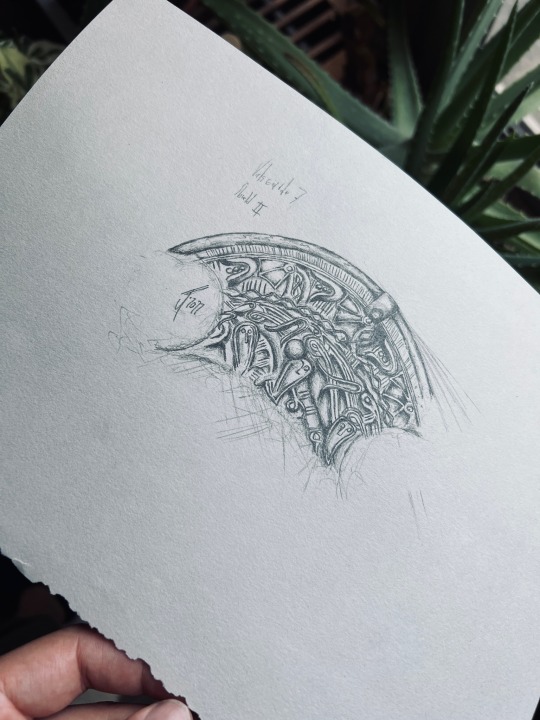Text

At Uppsala
ig: @Woedans
18 notes
·
View notes
Text

Frankish weapons
16 notes
·
View notes
Text
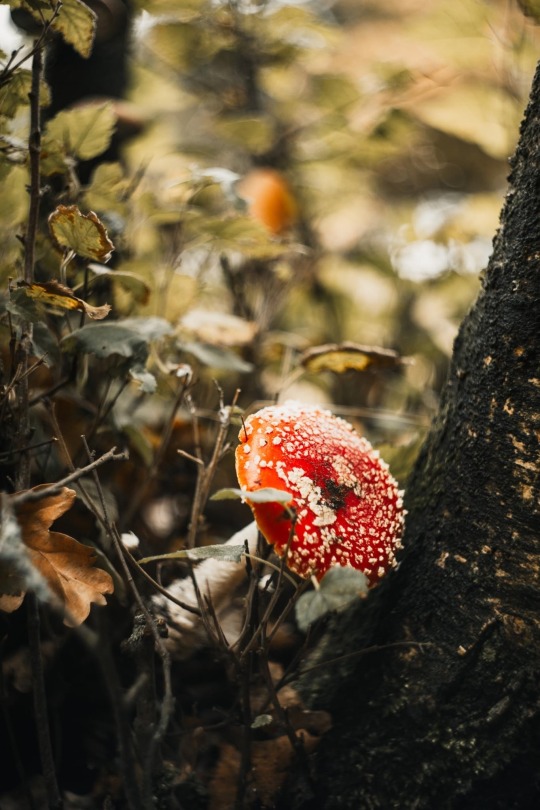
Arrival
@woedans / ig: @Woedans
23 notes
·
View notes
Text




Some details of my Vendel Period sword reconstruction I commissioned. Hilt is a reconstruction from Vendel grave 1, blade a reconstruction from a Finnish blade from Vehmaa.
Instagram: @woedans / Woedans
118 notes
·
View notes
Text

A field in Sweden
ig: @woedans / Woedans
26 notes
·
View notes
Text

Teachers of the earth
ig: @woedans
102 notes
·
View notes
Text

The Wijnaldum brooch
ig: @woedans / @museumperspective
272 notes
·
View notes
Text
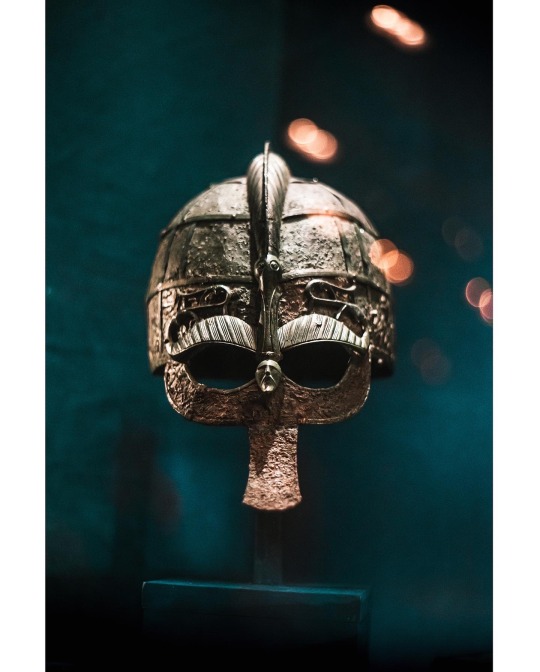
The helmet of Vendel 1. Photographed at @historiska Stockholm a while back. This is by far my favorite helmet and also the grave I am reconstructing in my living-history project. More on that very soon.
This helmet, much like many other helmets from Vendel and Valsgärde, is covered in so called pressblech images. These gilded foils show different designs of what is believed to be (part of) an initiation ritual. Some of the elements show likeness to continental European designs and designs found in England. Objects like this belonged to the absolute elite of Early Medieval martial society and were among the most valuable items in material culture.
The gold adorned helmet is dated to around 625AD and was excavated in the 1910’s by Hjalmar Stolpe, who would later also write the excavation reports of the famed Viking burial site at Birka.
The grave, a boat burial, also contained two elaborate swords (more on that soon), a shield, smithing material, a horse, horse equipment, a spearhead, skeletons of dogs, beakers, food preparation material and grooming accessories. Needless to say it was a very elaborate grave.
At the burial site ar Vendel now stands an old church with a churchyard.
I like to think the spirits of these long gone elite warriors now reside in the great halls of the Historiska museum in the afterlife. The helmet is on display in what they call the Gold Room.
More coming soon.
Photos of the drawings are from the original report. Last photo courtesy of the Historiska museet.
113 notes
·
View notes
Note
Knátti hjörr und hetti,hræflóð, bragar Móða,rauk of sóknar soeki,slíðrbeittr staðar leita;blóð fell, en vas váðivígtjalds náar skaldi,þá vas doemisalr dómadreyrafullr, of eyru.(kveldriða)
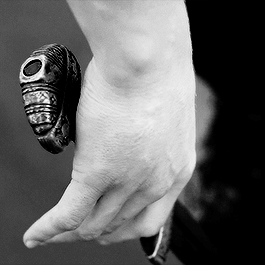
7 notes
·
View notes
Text
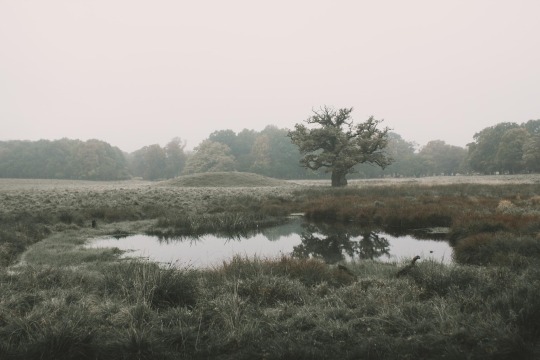
The holy trinity
ig: @woedans
17 notes
·
View notes
Text
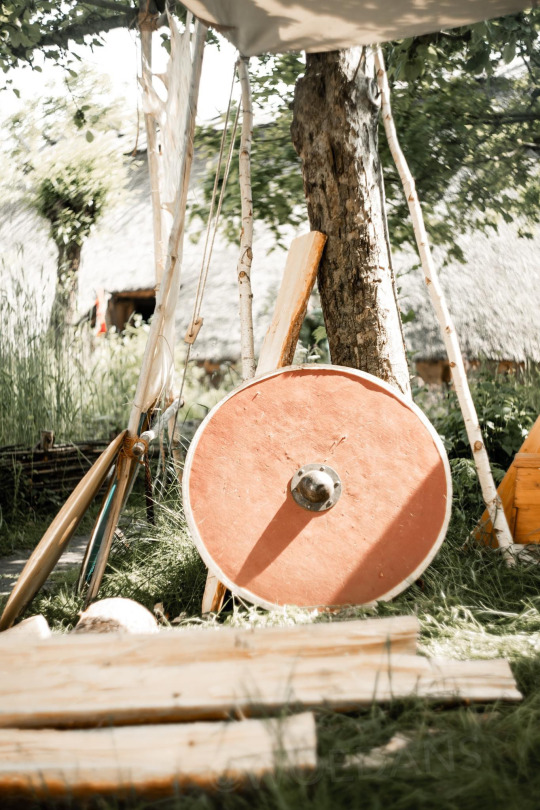
Summer raids. Insta: @Woedans @Museumperspective
25 notes
·
View notes
Text

The past is a foreign place, they do things differently there.
@woedans
82 notes
·
View notes
Text

Healers frequency
Shot in 2019 when we were touring
220 notes
·
View notes
Text

Are museums the great halls of the afterlife?
Many ancient cultures have burial customs for the life after death. The deceased were either buried, burned or prepared for the afterlife in another way. Objects, food and/or compagnons more often than not put in the grave. All to be used for the journey into the next realm.
Now, fast forward centuries, millennia. The remains of the buried are discovered, dug up, examined and exhibited in dimly lit museums.
From the moment the remains are raised from the ground, they are physically in a new surrounding and start a new life; an afterlife. Not seldom behind museum glass.
For these remains and objects, this is a new chapter amongst the living after their own life; sometimes thousands years apart.
Seeing these objects often make me wonder about whether this is the afterlife they envisioned all these eons ago(?) could museums fulfill the role of the great halls they sang about? the place they sacrificed for? And are we as modern people mere spirits like them, or are we the higher beings that brought them back to life by displaying and researching their life?
Obviously we will never know the answers I doubt museums are the great halls of fallen warriors they sang about … ;)
Personally I feel very conflicted about displaying bodies and certain artifacts. In many ways I am strictly against exhibiting some specific objects; for many reasons - even as an archaeologist and as someone who sometimes works for museums.
On the other hand, there is obviously the undeniable educational value to objects and the awareness of our past that comes with exhibiting them.
Walking around these objects in museums, I often feel these ancient people and artifacts whisper to me. Call me a hippie ;)
If you have read this far, I’d like to know what you think (?)
All the light reflections are in-camera, done with a special lens. Pictured is the Vendel 1 helmet that I probably spent over an hour photographing
51 notes
·
View notes
Text
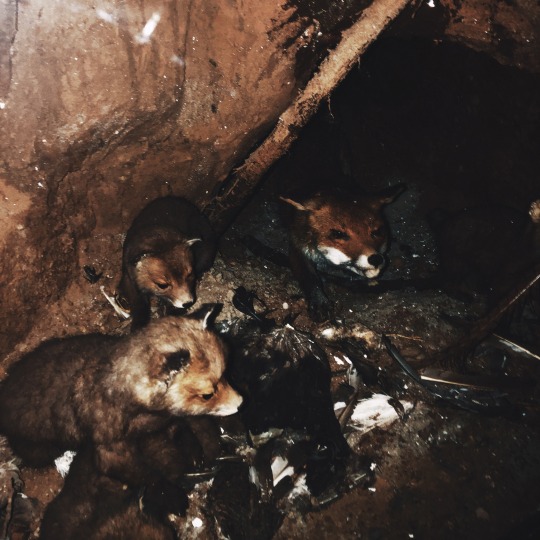
Raised in the dark
@woedans / ig: @woedans
11 notes
·
View notes

